How Do You Feel About Space Movies Like Gravity Or The Martian Etc?
How do you feel about space movies like Gravity or the Martian etc?
I thought they were great. I watched them both here aboard the International Space Station. Movie night looks like this!

More Posts from Intergalacticnerd and Others

Astron'art ^_^
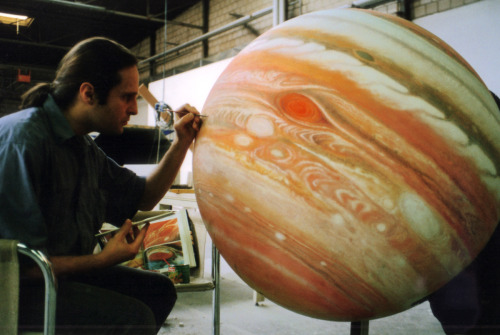
How Well Do you Know Neptune?

Dark, cold and whipped by supersonic winds, Neptune is the last of the hydrogen and helium gas giants in our solar system. More than 30 times as far from the sun as Earth, the planet takes almost 165 Earth years to orbit our sun! In fact, in 2011, Neptune completed its first orbit since its discovery in 1846.

Here are a few things you might not know about the windiest planet:
If the sun were as tell as a typical front door, the Earth would be the size of a nickel and Neptune would be about as big as a baseball.
Neptune orbits our sun, a star. Neptune is the eighth planet from the sun at a distance of about 4.5 billion km (2.8 billion miles) or 30.07 AU.
One day on Neptune takes about 16 hours (the time it takes for Neptune to rotate or spin once)
Neptune makes a complete orbit around the sun (a year in Neptunian time) in about 165 Earth years (60,190 Earth days)
Neptune has six rings
Voyager 2 is the only spacecraft to have visited Neptune
Neptune has 13 moons. They are named after various sea gods and nymphs in Greek mythology
Did you know that Neptune has storms?

Similar to Jupiter, Neptune has storms that create gigantic spots in its atmosphere…well, it did. When Voyager 2 flew past Neptune in 1989, it tracked and imaged the “Great Dark Spot” — a storm larger than the entire Earth! When the Hubble Space Telescope imaged Neptune the spot had disappeared, only to be replaced with two smaller storms, which in turn also disappeared.
Make sure to follow us on Tumblr for your regular dose of space: http://nasa.tumblr.com




Einstein’s gravitational waves found at last
One hundred years after Albert Einstein predicted the existence of gravitational waves, scientists have finally spotted these elusive ripples in space-time.
In a highly anticipated announcement, physicists with the Advanced Laser Interferometer Gravitational-Wave Observatory (LIGO) revealed on 11 February that their twin detectors have heard the gravitational ‘ringing’ produced by the collision of two black holes about 400 megaparsecs (1.3 billion light-years) from Earth.
“Ladies and gentlemen, we have detected gravitational waves,” David Reitze, the executive director of the LIGO Laboratory, said at a Washington DC press conference. “We did it!”
Continue reading via source: Nature
Infographic: Nik Spencer/Nature
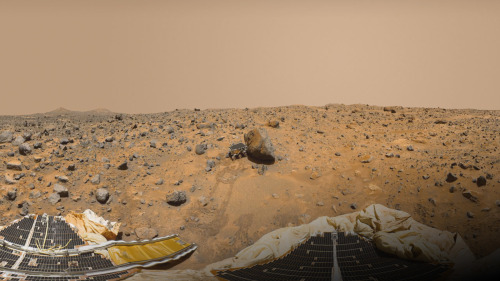
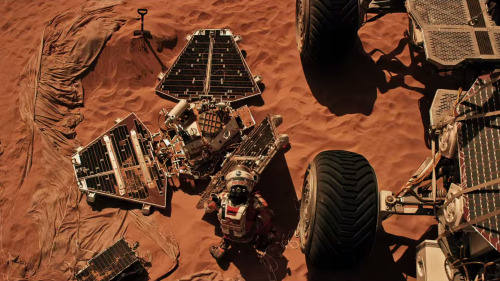
Mars Pathfinder & Sojourner Rover (360 View) Explained
Thanks to new technology, we can take a 360-degree tour of the 1997 Pathfinder mission landing site, including Sojourner, the first Mars rover. Check out this interactive YouTube panorama, and then…
…keep scrolling to find out more about each point of interest, how the Pathfinder mission compares to “The Martian” and NASA’s real Journey to Mars.

Yogi
“Yogi” is a meter-size rock about 5 meters northwest of the Mars Pathfinder lander and the second rock visited by the Sojourner Rover’s alpha proton X-ray spectrometer (APXS) instrument. This mosaic shows super resolution techniques applied to help to address questions about the texture of this rock and what it might tell us about how it came to be.

Twin Peaks
The Twin Peaks are modest-size hills to the southwest of the Mars Pathfinder landing site. They were discovered on the first panoramas taken by the IMP camera on the July 4, 1997, and subsequently identified in Viking Orbiter images taken over 20 years ago. They’re about 30-35 meters tall.

Barnacle Bill
“Barnacle Bill” is a small rock immediately west-northwest of the Mars Pathfinder lander and was the first rock visited by the Sojourner Rover’s alpha proton X-ray spectrometer (APXS) instrument. If you have some old-school red-cyan glasses, put them on and see this pic in eye-popping 3-D.

Rock Garden
The Rock Garden is a cluster of large, angular rocks tilted in a downstream direction from ancient floods on Mars. The rocky surface is comprised of materials washed down from the highlands and deposited in this ancient outflow channel.

MOAR INFO
Pathfinder Lander & Sojourner Rover
Mission Facts [PDF]
Science Results
Rock & Soil Types


This vista was stitched together from many images taken in 1997 by Pathfinder.

Pathfinder and Sojourner figure into Mark Watney’s quest for survival on the Red Planet in the book and movie, “The Martian.” See JPL’s role in making “The Martian” a reality: http://go.nasa.gov/1McRrXw and discover nine real NASA technologies depicted in “The Martian”: http://go.nasa.gov/1QiyUiC.

So what about the real-life “Journey to Mars”? NASA is developing the capabilities needed to send humans to Mars in the 2030s. Discover more at http://nasa.gov/journeytomars and don’t forget to visit me when you make it to the Red Planet. Until then, stay curious and I’ll see you online.


It was just discovered that there is a large ocean of water deep within the surface of Saturn’s icy moon, Enceladus.

Gravitational Waves Exist: The Inside Story of How Scientists Finally Found Them
How a group of scientists proved Einstein right—and expanded our view of the universe.
5 Signs You Might Be Ready to Apply to be an Astronaut
Did you hear? Astronaut applications are open! Here are a few signs that might mean you’re ready to apply:
1. You Don’t Mind Having Roommates

When you’re an astronaut, you have to work and live with your crew mates for extended periods of time. It’s important to the mission and your safety that everyone can collaborate and work together.
2. You LOVE Space

If the Milky Way, planets and space travel doesn’t excite you then this might not be the perfect job for you. But if you love galaxies, space station research and deep space exploration, then maybe you should take a look at our application.
3. Adventure Doesn’t Scare You

Being an astronaut means that you get to take part in adventures that most people will never experience. Imagine: sitting on the launch pad in the Orion spacecraft, atop a rocket that’s getting ready to launch. You’ll travel farther into space than any other humans have been and help push the boundaries of technology in the proving ground of deep space lunar orbits, leading the way for future missions to Mars.
4. You Want to be on the Cutting Edge of Science

Not only do astronauts get to travel to space, but they also get to conduct really cool research in microgravity. Did you know that right now they’re growing Zinnia flowers on the International Space Station? This research could help with our future deep space exploration and could teach us a few things about growing plants on Earth. Learn more about all the awesome research on the space station HERE.
5. You’re Not Afraid of Heights

One of the coolest things about being an astronaut, is that you get to go to SPACE! At the very least, you’ll travel to the International Space Station, which is 250 miles above Earth. Or, you could be one of the first astronauts to travel to a distant asteroid or even Mars!
Interested in applying to become an astronaut? You’re in luck, applications open Dec. 14! Learn about some common myths about becoming an astronaut HERE.
Apply to be one of our astronauts HERE.
Make sure to follow us on Tumblr for your regular dose of space: http://nasa.tumblr.com
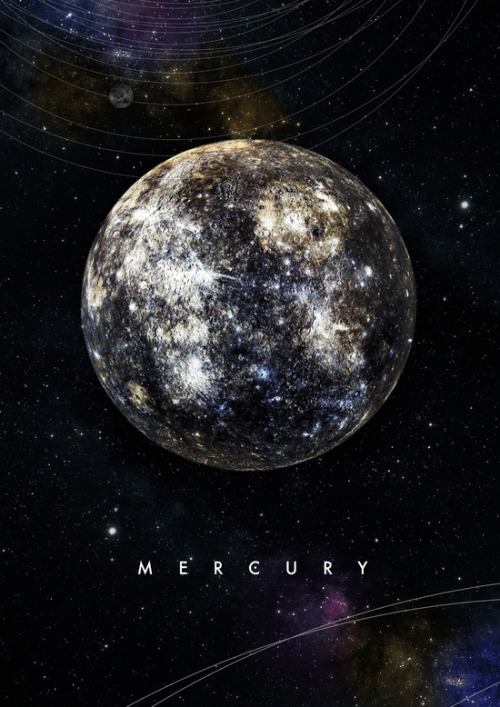
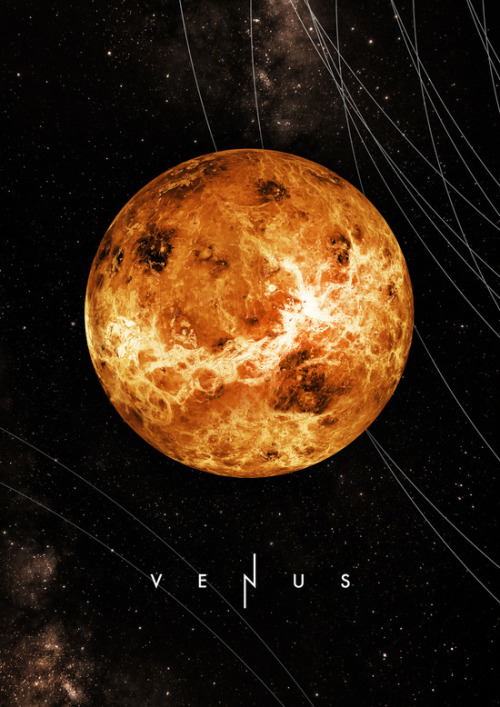
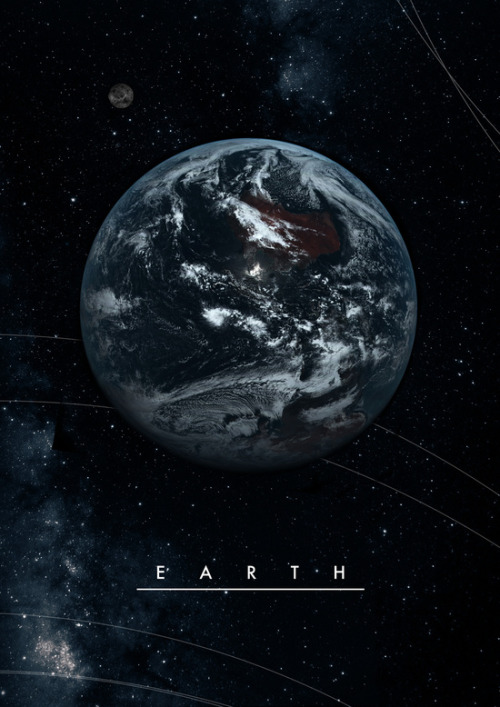
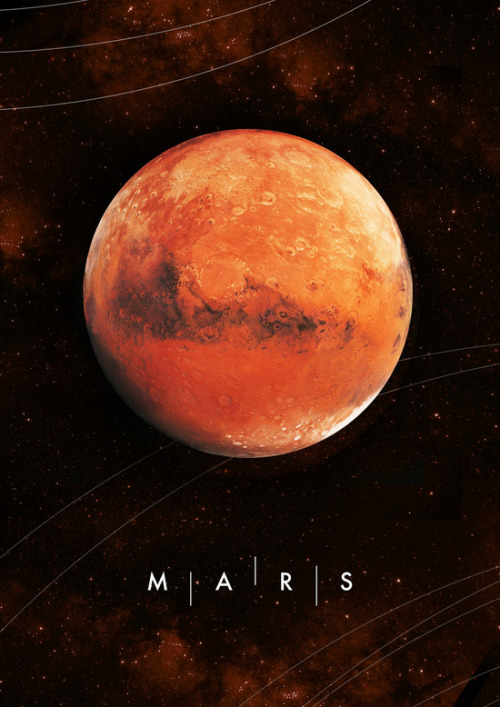
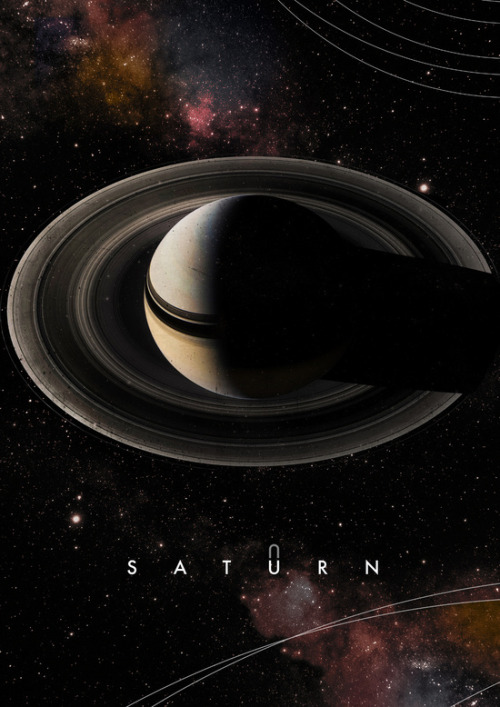
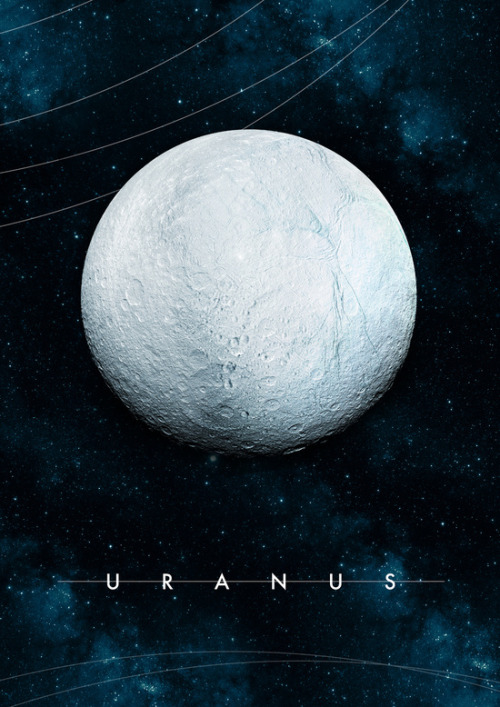
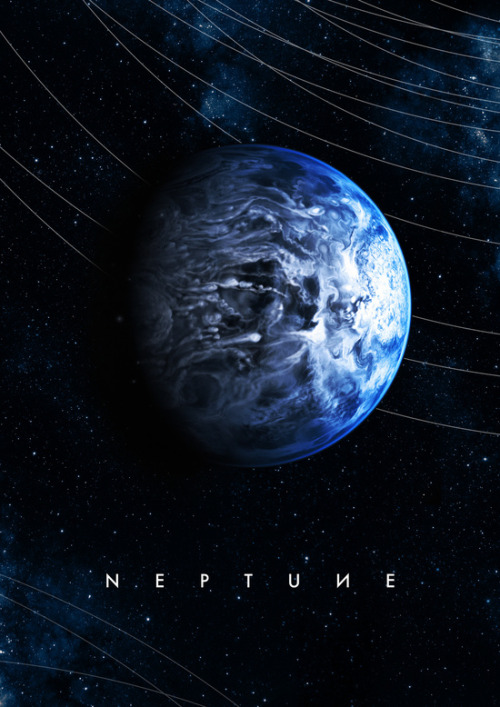
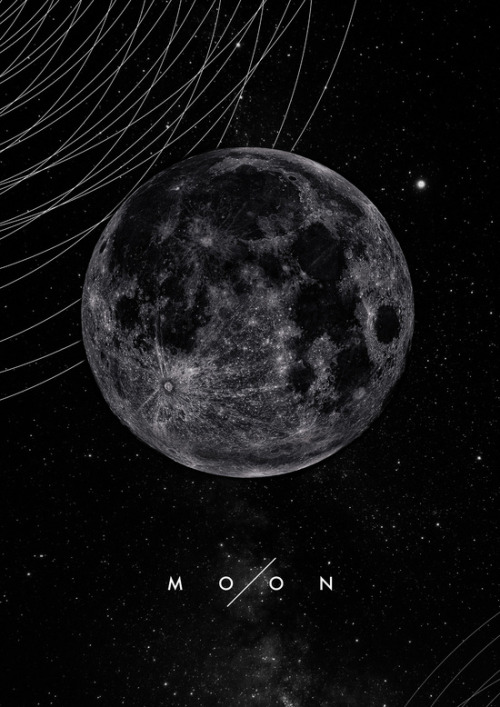
Alexander Pohl
John Nelson Creates Stunning Visuals of Earth ‘Breathing’

John Nelson, noted for creating remarkable visualizations depicting weather conditions of the planet, has come up with a pulsating GIF that shows the heartbeat of the Earth in a course of seasonal changes through NASA’s satellite photography. View his other amazing GIF below.
Keep reading
-
 xx-star27-xx-blog liked this · 9 months ago
xx-star27-xx-blog liked this · 9 months ago -
 ohwellwhatevs liked this · 4 years ago
ohwellwhatevs liked this · 4 years ago -
 wzrd-natalia liked this · 4 years ago
wzrd-natalia liked this · 4 years ago -
 spacefsociety liked this · 5 years ago
spacefsociety liked this · 5 years ago -
 justfifty2 liked this · 6 years ago
justfifty2 liked this · 6 years ago -
 d--or liked this · 6 years ago
d--or liked this · 6 years ago -
 wbsjsjsnsjsj liked this · 7 years ago
wbsjsjsnsjsj liked this · 7 years ago -
 aerialbots liked this · 7 years ago
aerialbots liked this · 7 years ago -
 antimony-sb reblogged this · 8 years ago
antimony-sb reblogged this · 8 years ago -
 malefica67 liked this · 8 years ago
malefica67 liked this · 8 years ago -
 ptowzapotato liked this · 8 years ago
ptowzapotato liked this · 8 years ago -
 algmar12-blog liked this · 8 years ago
algmar12-blog liked this · 8 years ago -
 arabella-31 liked this · 8 years ago
arabella-31 liked this · 8 years ago -
 tiredandfullofbread liked this · 8 years ago
tiredandfullofbread liked this · 8 years ago -
 potatoboiiiiiiii liked this · 8 years ago
potatoboiiiiiiii liked this · 8 years ago -
 5whatby5what reblogged this · 8 years ago
5whatby5what reblogged this · 8 years ago -
 depl0ytheb0y liked this · 8 years ago
depl0ytheb0y liked this · 8 years ago -
 twobeforejune liked this · 8 years ago
twobeforejune liked this · 8 years ago -
 bogexplosion liked this · 8 years ago
bogexplosion liked this · 8 years ago -
 speedysciencevideos reblogged this · 8 years ago
speedysciencevideos reblogged this · 8 years ago -
 beyanamae liked this · 8 years ago
beyanamae liked this · 8 years ago -
 harrisonfangirl liked this · 8 years ago
harrisonfangirl liked this · 8 years ago -
 blackcurrents reblogged this · 8 years ago
blackcurrents reblogged this · 8 years ago -
 ermionedeverne liked this · 8 years ago
ermionedeverne liked this · 8 years ago -
 messyselfkernels liked this · 8 years ago
messyselfkernels liked this · 8 years ago -
 thebabbymerps liked this · 8 years ago
thebabbymerps liked this · 8 years ago -
 billionsandblillionsofbillions reblogged this · 8 years ago
billionsandblillionsofbillions reblogged this · 8 years ago -
 ancientmyths liked this · 9 years ago
ancientmyths liked this · 9 years ago -
 whitnerd reblogged this · 9 years ago
whitnerd reblogged this · 9 years ago -
 thecherrypieguy liked this · 9 years ago
thecherrypieguy liked this · 9 years ago -
 camille-breaking-out reblogged this · 9 years ago
camille-breaking-out reblogged this · 9 years ago -
 camille-breaking-out liked this · 9 years ago
camille-breaking-out liked this · 9 years ago -
 chabeinator reblogged this · 9 years ago
chabeinator reblogged this · 9 years ago -
 chabeinator liked this · 9 years ago
chabeinator liked this · 9 years ago -
 calmrice-blog liked this · 9 years ago
calmrice-blog liked this · 9 years ago -
 findmeagreenlight reblogged this · 9 years ago
findmeagreenlight reblogged this · 9 years ago -
 ladyvexahlia reblogged this · 9 years ago
ladyvexahlia reblogged this · 9 years ago
"Astronomy compels the soul to look upwards and leads us from this world to another." - Plato
147 posts